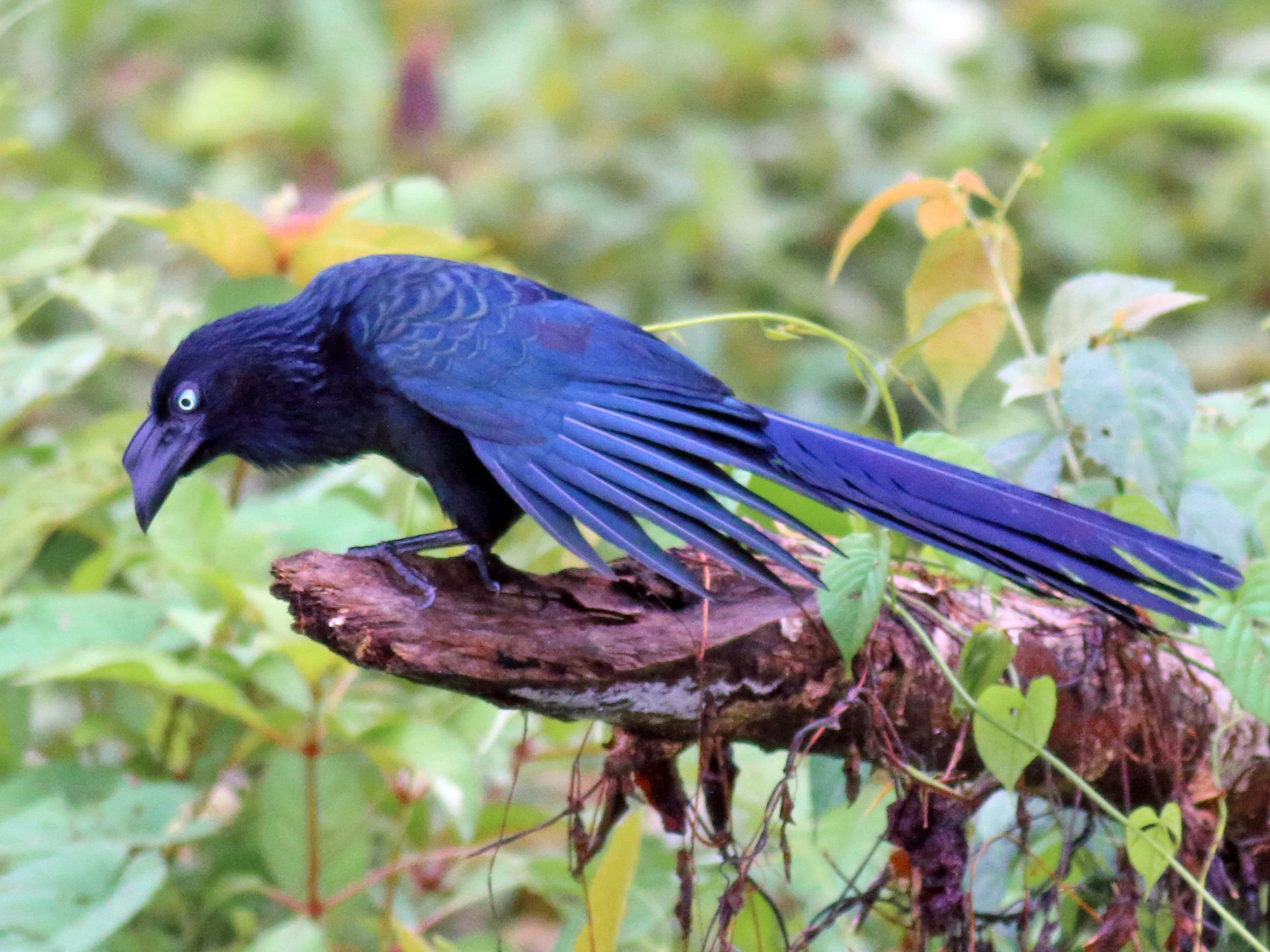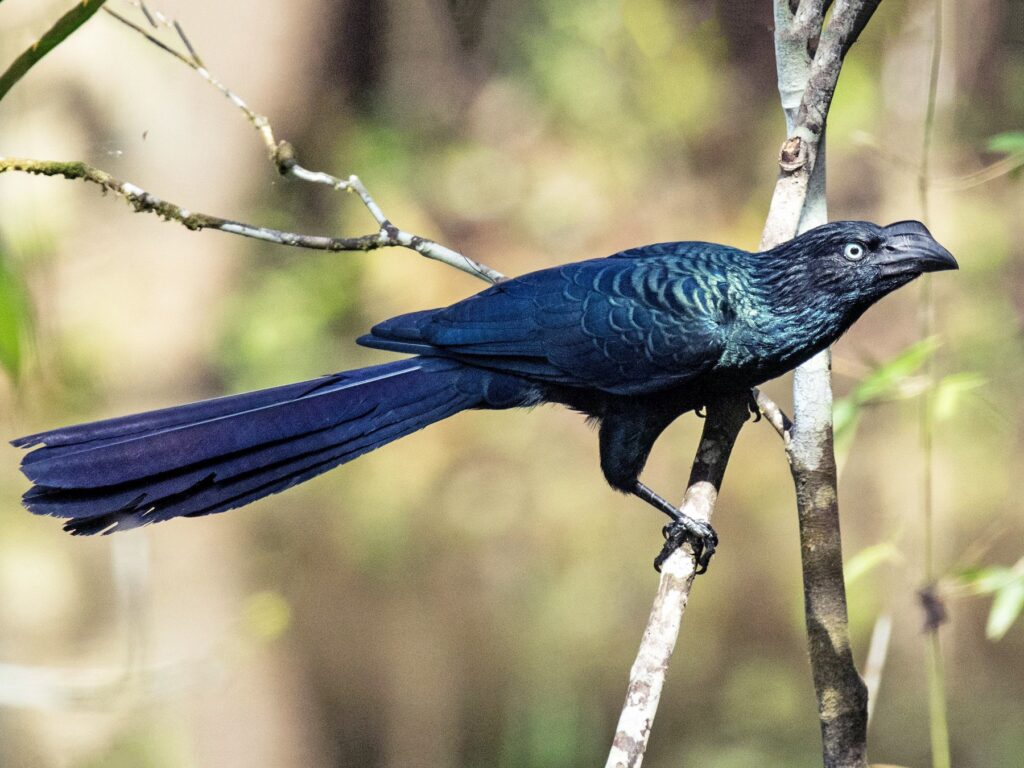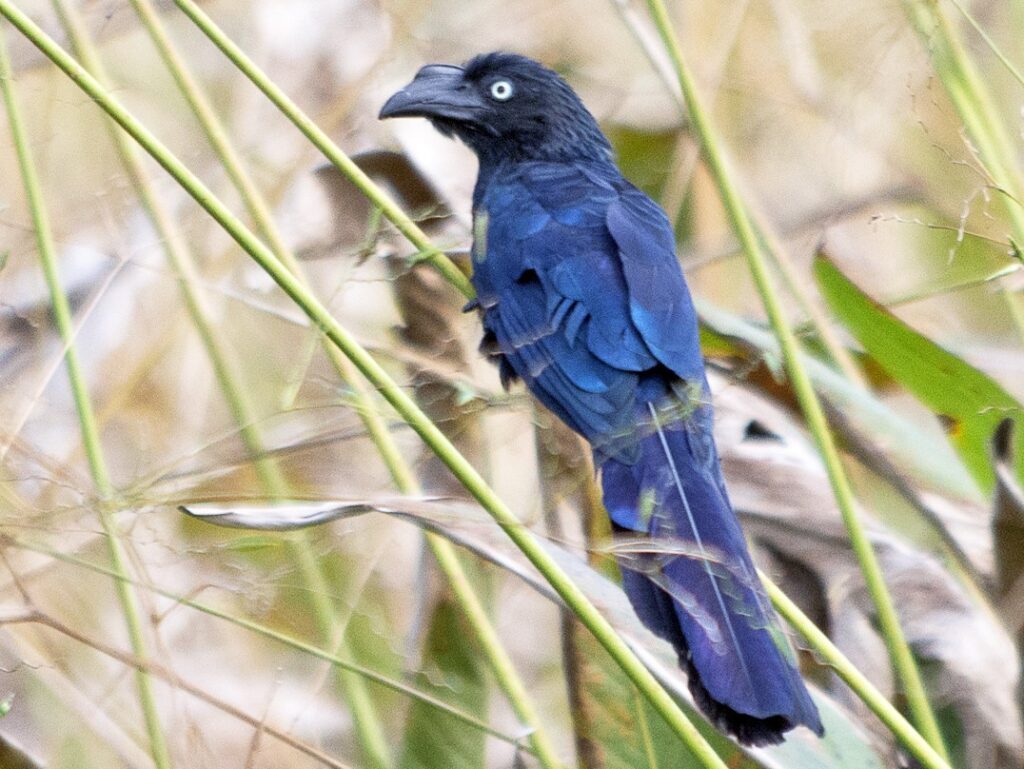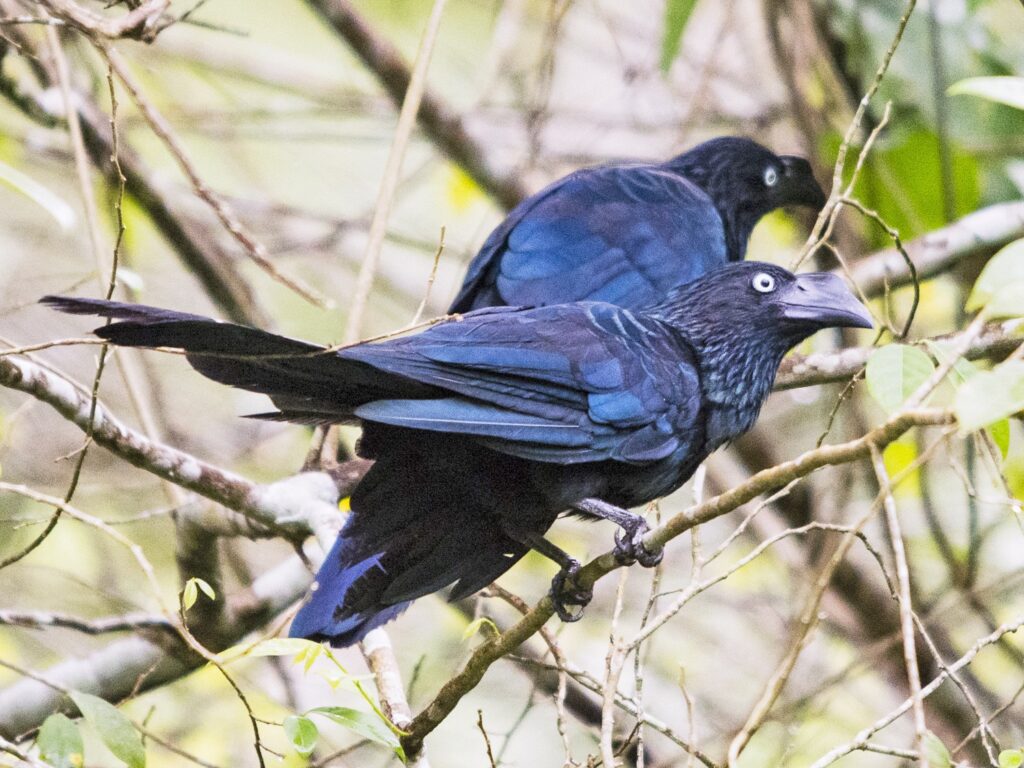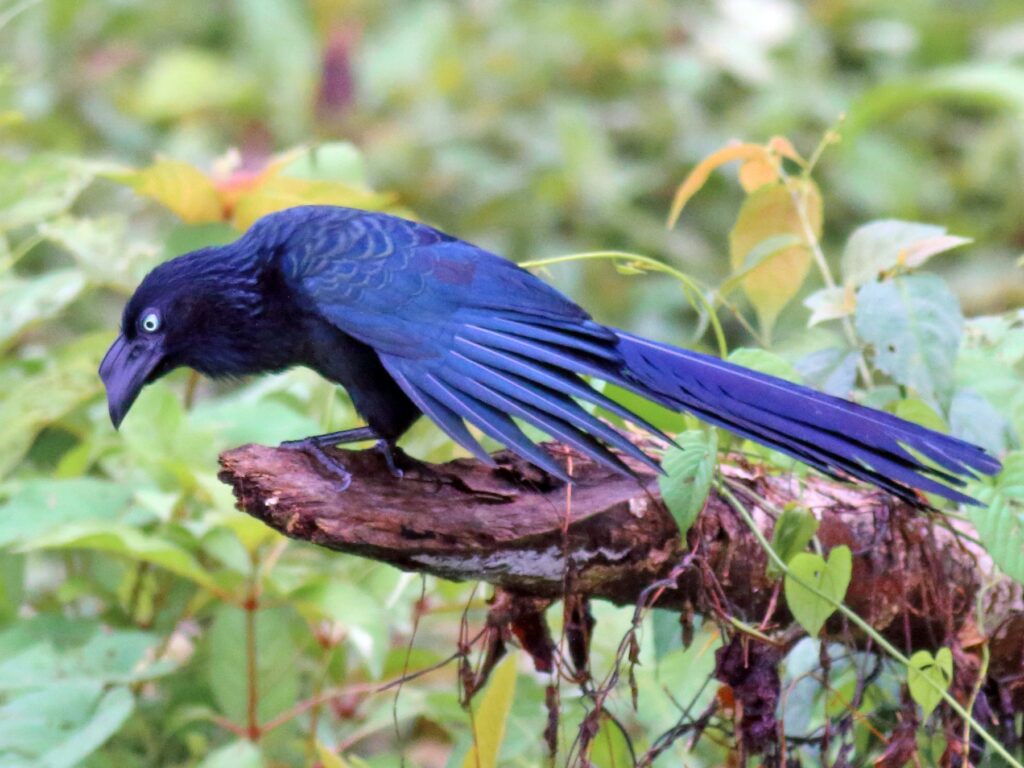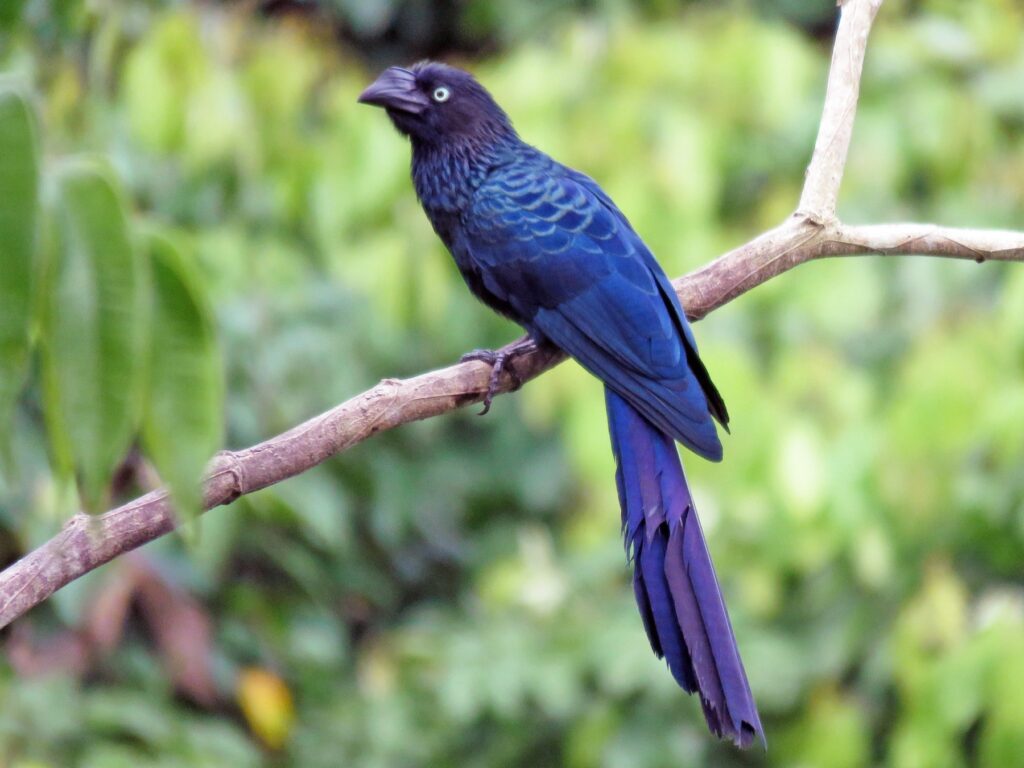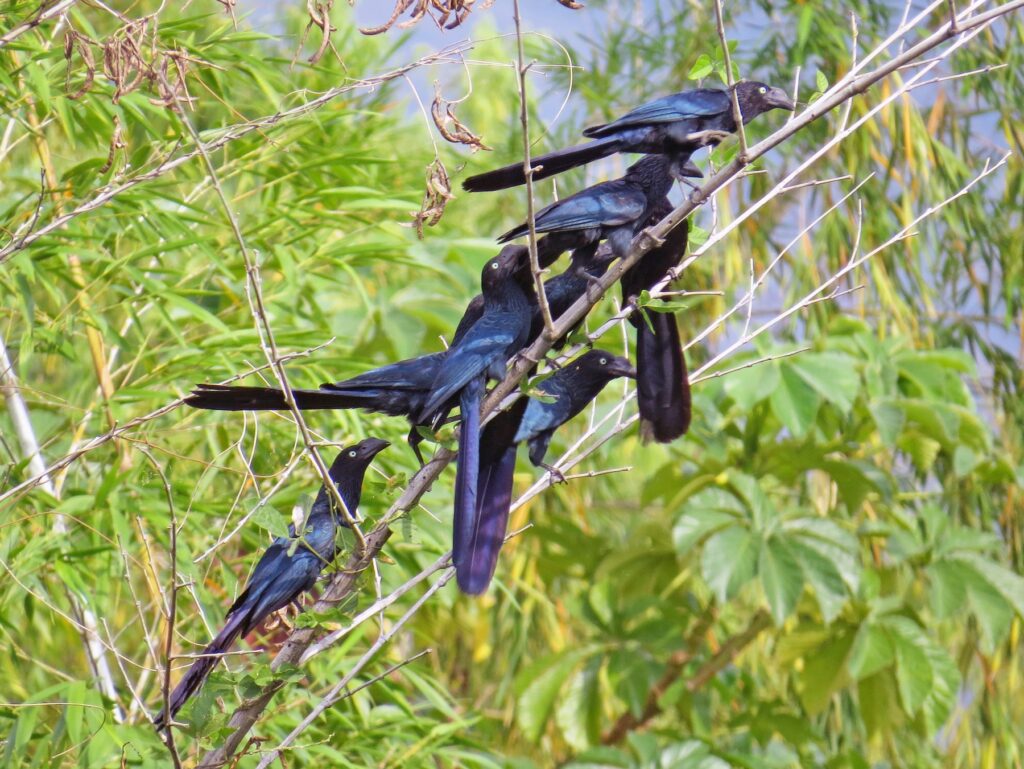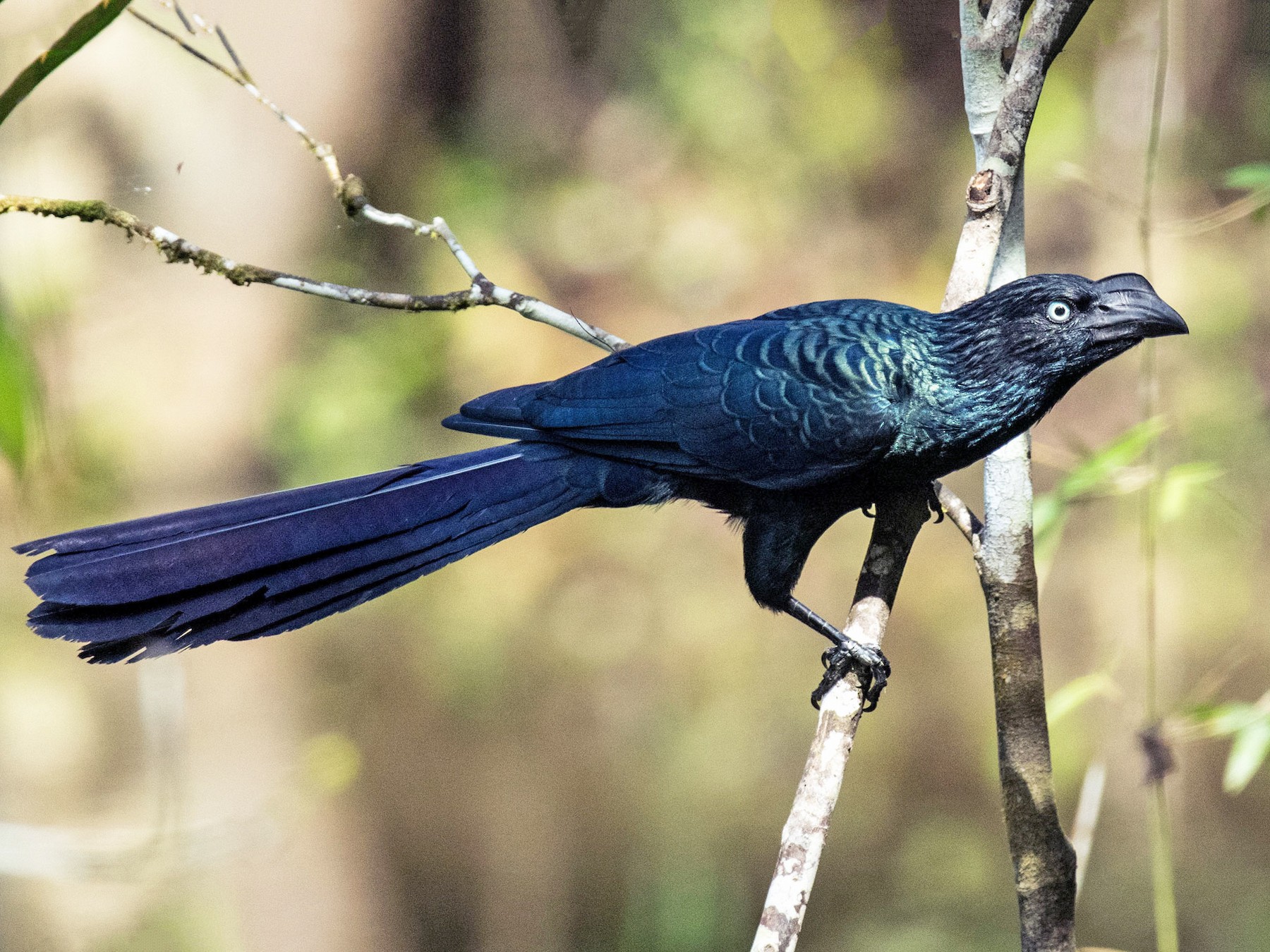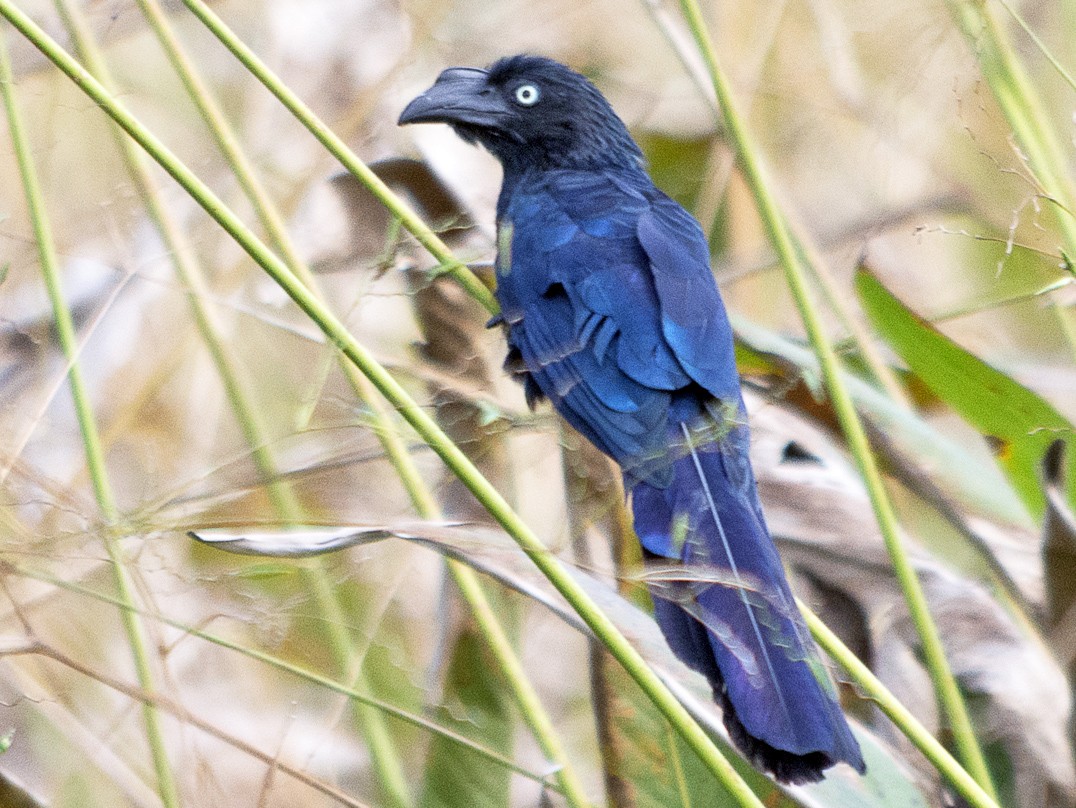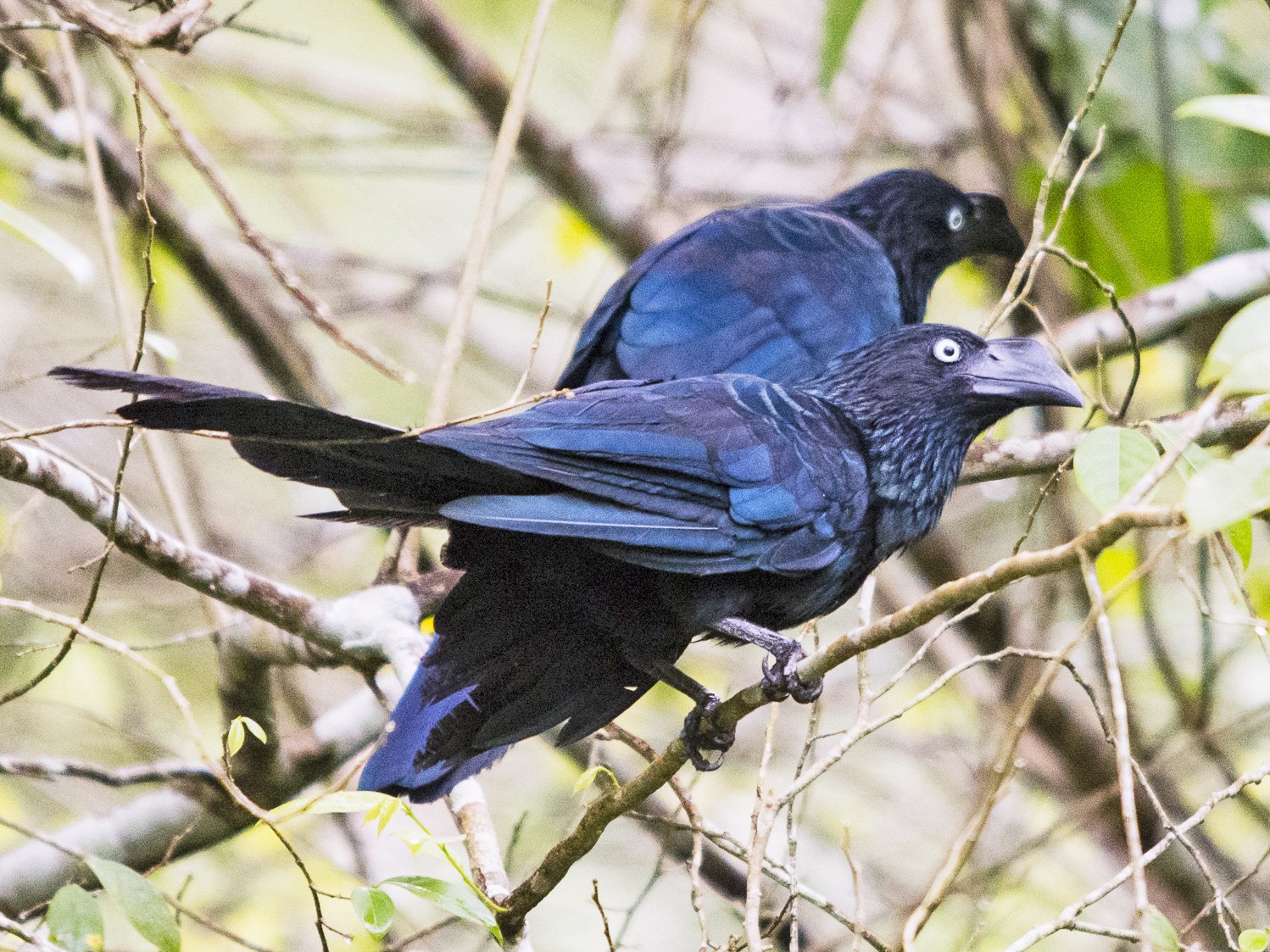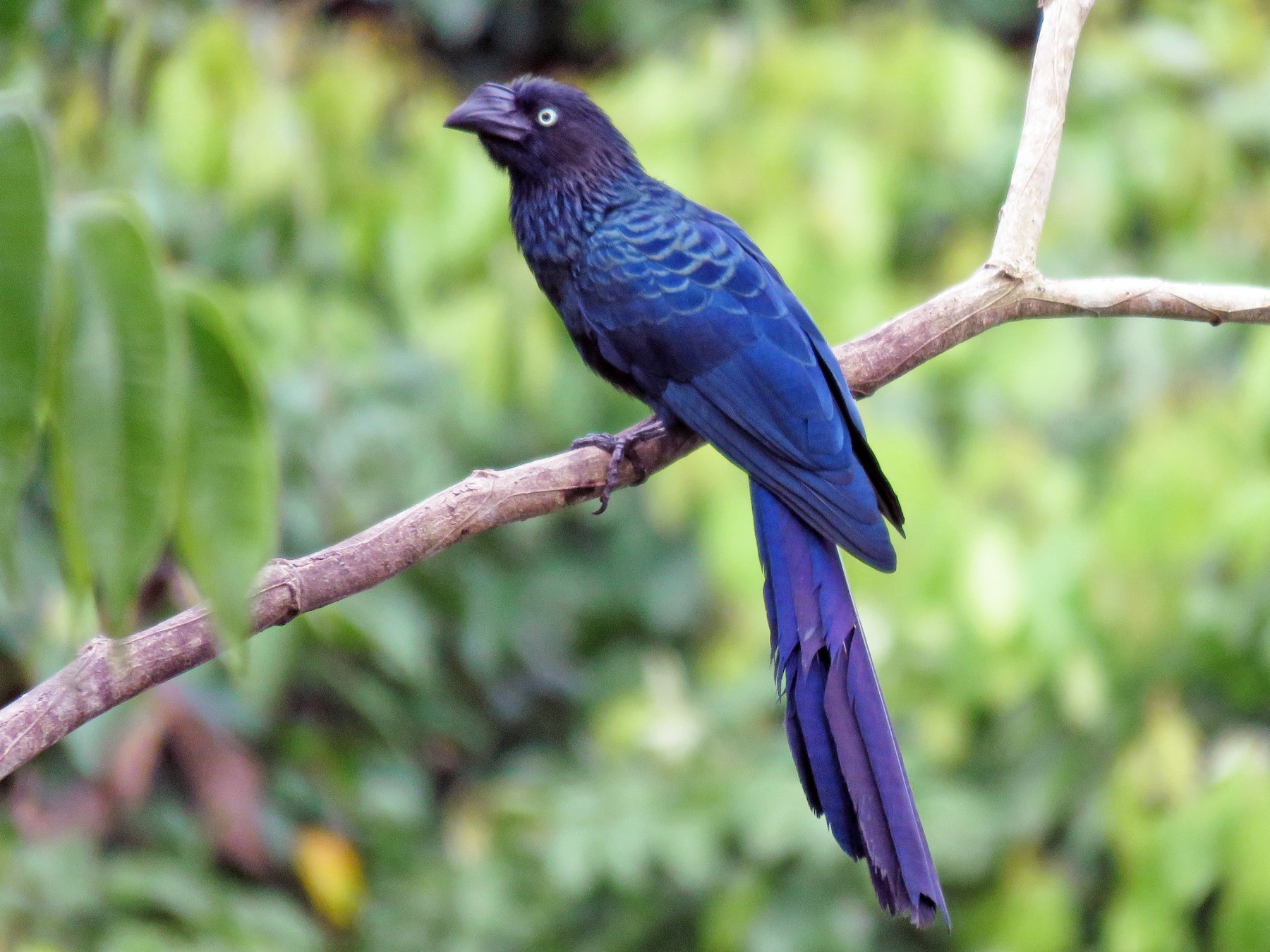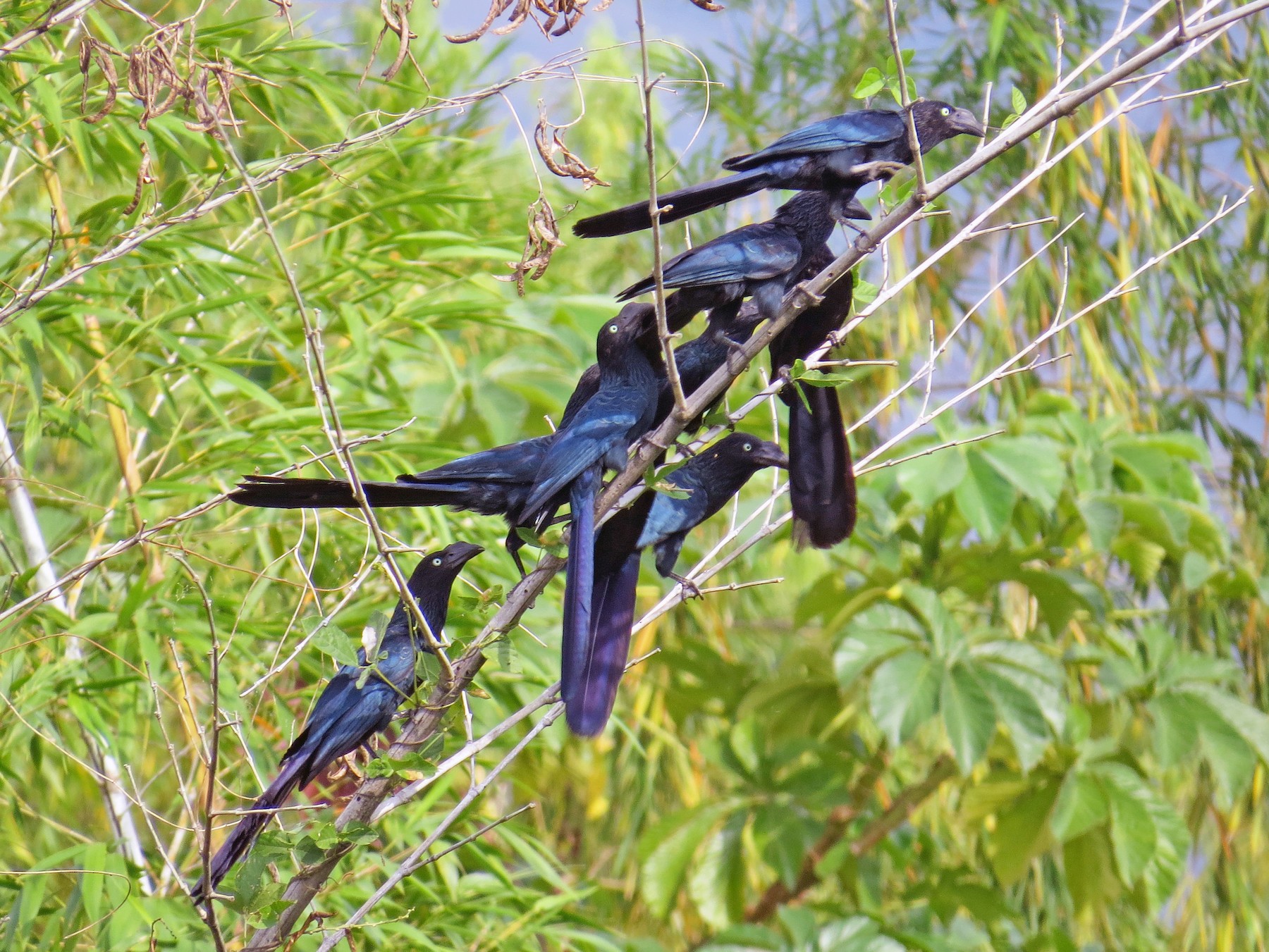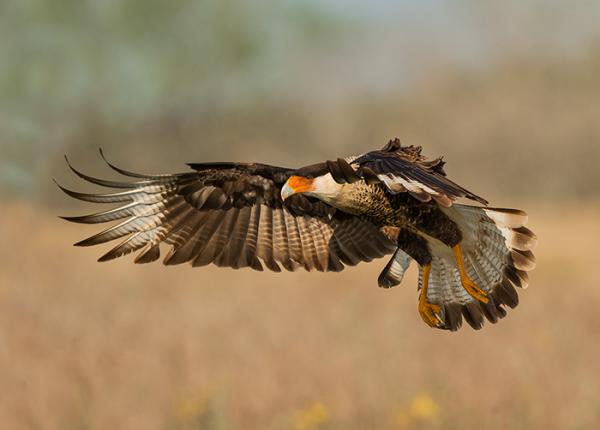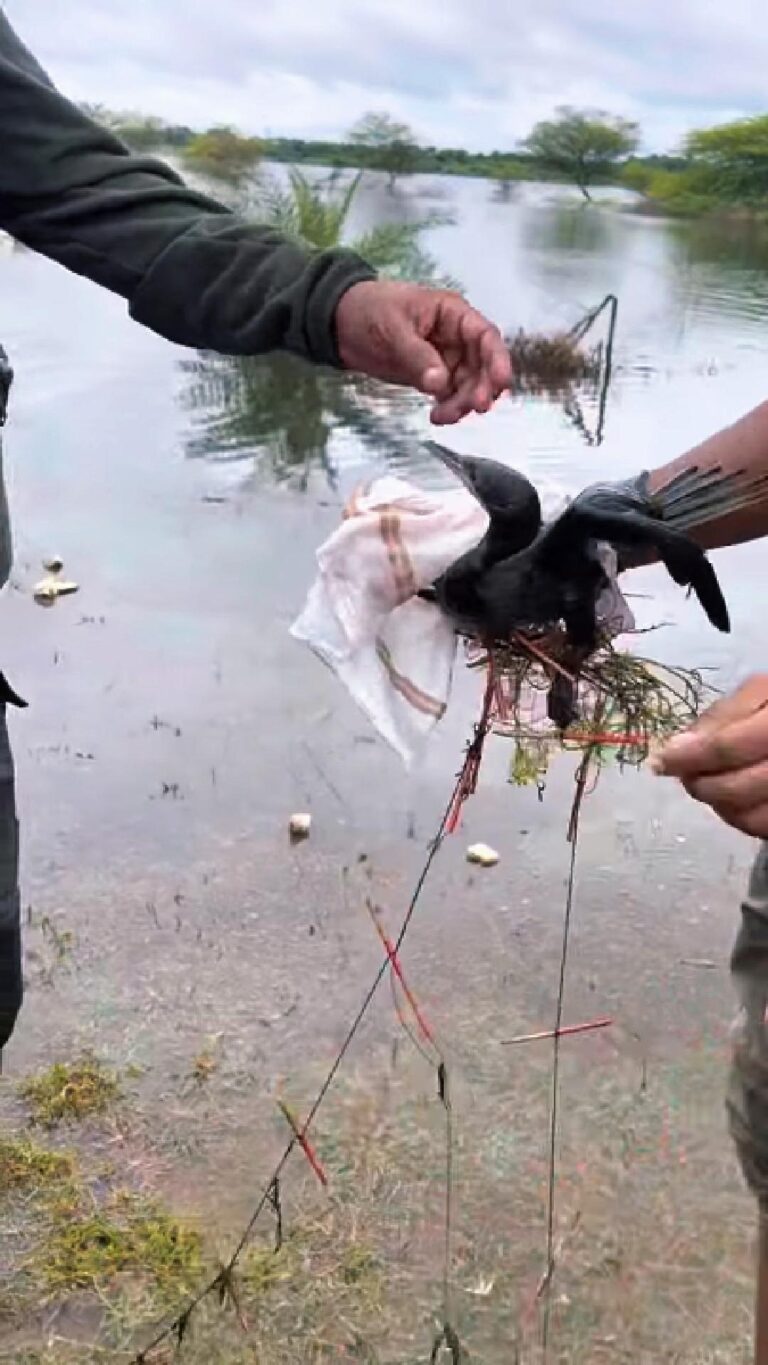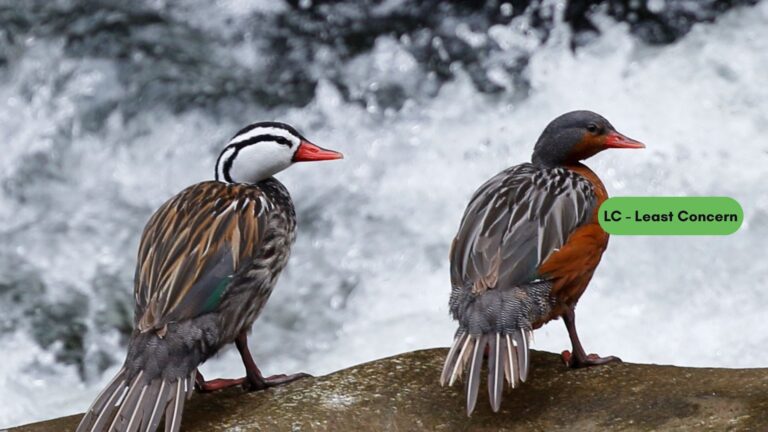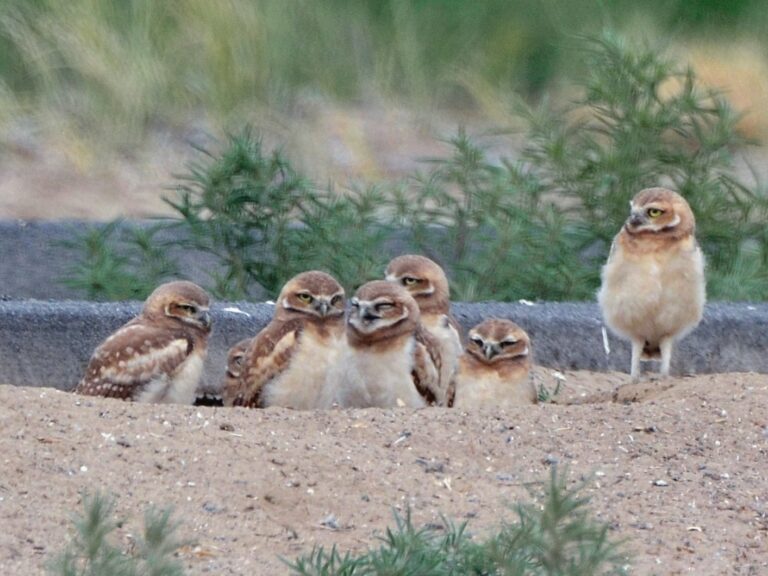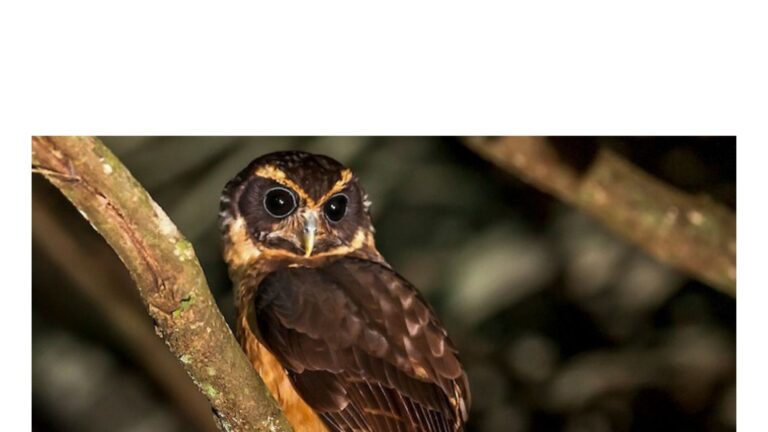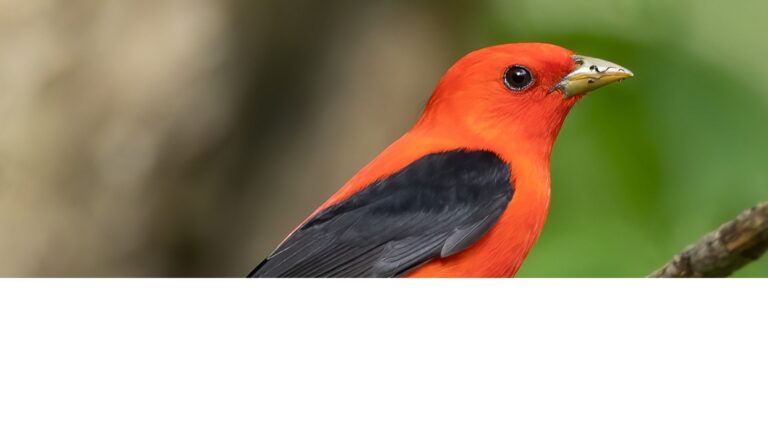Greater Ani: The Fascinating Life of a Unique Bird Species
The Greater Ani, known scientifically as Crotophaga major, is a unique bird found in Central and South America. This bird is famous for its communal nesting habits, where several pairs come together to raise their young in shared nests. This behavior not only enhances the survival of the chicks but also offers a fascinating glimpse into the social structures of avian species.
Living in tropical wetlands and forests, the Greater Ani thrives in areas rich in vegetation. Their diet mainly consists of insects and fruit, making them skilled foragers. Observing their interactions can reveal much about their communication methods and fascinating vocalizations, which vary significantly among individuals in a group.
This remarkable bird faces threats from habitat loss, making conservation efforts essential. Learning about the Greater Ani not only highlights the beauty of biodiversity but also stresses the importance of protecting its environment for future generations.
Key Takeaways
- The Greater Ani is known for communal nesting, enhancing chick survival rates.
- It primarily inhabits tropical wetlands and feeds on insects and fruits.
- Conservation efforts are critical to protect the Greater Ani’s diminishing habitats.
Taxonomy and Description
The taxonomy and description of Greater Ani provide insights into its classification and notable physical traits. This bird belongs to the Crotophaga genus, which is key to understanding its biological relationships within the animal kingdom.
Species Classification
The Greater Ani is classified under the family Cuculidae. Within the genus Crotophaga, it is distinguished from other species by its unique characteristics. Its scientific name is Crotophaga major.
This species is primarily found in regions of South America and parts of Central America. The Greater Ani’s classification helps researchers study its behaviors and ecological needs.
Understanding its relatives can aid in conservation efforts. It typically resides in open habitats with dense foliage, which impacts its feeding and nesting habits.
Physical Attributes
The Greater Ani is a larger bird compared to many of its relatives. They usually measure around 40-48 cm in length.
One of its defining features is its dark eye, which gives it a striking appearance. Its plumage is predominantly black with subtle blue and green iridescent hues.
This bird has a long tail and slender body shape, enhancing its ability to maneuver through dense underbrush.
Its beak is short and strong, adapted for its insectivorous diet, often consisting of insects and small fruits. The physical traits of the Greater Ani contribute to its role in the ecosystem as a forager.
Habitat and Distribution
The Greater Ani is known for its specific habitat preferences and wide geographical range in tropical South America. It thrives in wetland areas, which provide essential resources for its survival.
Geographic Range
The Greater Ani is primarily found in tropical South America. Its range extends through several countries, including Panama, Ecuador, and northern parts of Argentina. These birds prefer areas that maintain certain climate and habitat conditions.
They inhabit regions with abundant water sources, making swamps, marshes, and fens ideal locations. The presence of waterways not only offers necessary drinking water but also supports the insects and invertebrates that constitute a large part of their diet.
Preferred Habitats
Greater Anis are typically found in dense vegetation near water bodies. Their preferred habitats include swamps, marshes, and similar wetland ecosystems. These environments offer ample nesting sites and protection from predators.
The vegetation in these areas is crucial, as it provides cover and foraging opportunities. Additionally, their choice of wetland habitat allows them to take advantage of seasonal flooding, which increases food availability. This adaptability is important for their populations, particularly in regions like Trinidad, where fluctuating water levels can influence resources.
Behavior and Diet
The Greater Ani displays unique social behaviors and feeding habits that are critical to its survival and reproduction. Understanding these aspects helps illustrate how this bird interacts within its environment and with other species.
Social Behavior
Greater Anis are known for their communal nesting habits. They often form groups, with multiple females laying eggs in a single nest. This strategy can offer protection against predators and enhance the chances of survival for their young.
They exhibit strong social interactions, often communicating through a series of vocalizations. These calls can serve various purposes, such as alerting other members of the group to danger. The communal lifestyle also means that adult birds help care for the chicks, increasing the likelihood of survival for the fledglings during their early stages.
Feeding Habits
The diet of the Greater Ani consists mainly of insects, small invertebrates, and lizards. They are known to forage in pairs or groups, which allows them to effectively find food sources and defend against competition.
Their foraging technique often includes gleaning insects from the ground and catching lizards. They have been observed feeding on eggs of other birds, showing their opportunistic nature. The food they consume plays an important role in their reproductive success, as a nutrient-rich diet supports egg development and overall health.
Reproduction and Lifespan
The Greater Ani exhibits unique mating and reproductive behaviors. Understanding these patterns provides insight into their life cycle, including specific practices related to egg incubation and nesting.
Mating Practices
Greater Anis engage in cooperative breeding. They often form groups where multiple females may mate with one male. This system allows for shared responsibilities in raising young.
Males display distinct courtship behaviors to attract females. They often participate in vocalizations and display their feathers to signify strength and health.
Egg fertilization typically occurs shortly after mating. Females then focus on nesting, relying on the support of the group to raise their young.
Incubation and Nesting
The Greater Ani prefers to nest in dense vegetation near water sources. They often build their nests in shrubs or trees.
Females lay clutches of around 3 to 5 eggs. These eggs are usually blue and are incubated for about 14 to 16 days.
During this time, the male may help defend the nest and bring food. Once the chicks hatch, both parents contribute to feeding them.
The young are altricial and require significant care, remaining dependent on their parents for weeks. This combination of factors aids in their survival and growth.
Communication and Vocalizations
The Greater Ani uses a variety of vocalizations for communication. These sounds help them interact with each other and establish social bonds within their groups. Key vocal signals include specific calls and songs that serve different purposes.
Calls and Songs
The Greater Ani has a rich vocal repertoire. Its calls consist of various sounds used for signaling alarm, territory, and social interactions. These calls can range from sharp alerts to softer, more soothing sounds meant for communication among group members.
Songs are also an important part of their vocal behavior. They often sing in chorus, creating a collective sound that reinforces group unity. Each individual’s contribution to the chorus helps maintain cohesion within the group. This vocal behavior is seen during breeding seasons, enhancing their mating displays and attracting partners.
Overall, the calls and songs of the Greater Ani are critical for their social dynamics and reproductive success. The variety of sounds they produce highlights their complex communication system.
Conservation Status
The Greater Ani (Crotophaga major) is currently categorized as a species of least concern by the IUCN Red List. This classification indicates that it does not face any immediate threat of extinction.
Habitat plays a crucial role in the conservation of the Greater Ani. It primarily inhabits open forests, grasslands, and wetlands in Central and South America. Loss of habitat due to agricultural expansion and deforestation poses a challenge for its populations.
Population Trends: Current studies show stable or increasing numbers in many regions. However, localized declines may occur where habitat destruction is significant.
Threats: Major threats include habitat loss and fragmentation. These threats can limit food availability and nesting sites. Additionally, climate change may impact their habitats and food sources in the future.
Conservation efforts focus on habitat protection and restoration. Preserving wetlands and ensuring healthy forest ecosystems can benefit the Greater Ani and other local wildlife. Engaging local communities in conservation practices is also vital for maintaining species populations.
Active monitoring of populations and habitats is essential. This data helps in assessing the effectiveness of conservation strategies over time. Continued efforts are necessary to ensure its long-term survival in changing environments.
Frequently Asked Questions
The Greater Ani is a unique bird that has various interesting traits and behaviors. This section explores its habitat, characteristics, breeding habits, vocalizations, diet, and role in the ecosystem.
What is the typical habitat of the Greater Ani?
The Greater Ani prefers humid, tropical environments. It is often found in lowland forests, swamps, and agricultural areas. This bird enjoys dense foliage, which provides shelter and nesting sites.
What are the distinguishing characteristics of the Greater Ani?
The Greater Ani is easily recognized by its long tail and striking black plumage. It has a distinct blue-gray bill and is larger than other species of ani. Adults display white wing markings that are prominent in flight.
Can you describe the breeding behavior of the Greater Ani?
Greater Anis are known for their communal breeding. They typically form groups to raise young together. This collaborative effort allows for shared responsibilities in nesting and caring for the chicks.
How does the vocalization of the Greater Ani differ from other Ani species?
The Greater Ani has a loud, distinctive call that is raucous and often repeated. Its vocalizations are typically more pronounced than those of smaller ani species. This helps them communicate within their social groups.
What is the diet of the Greater Ani in the wild?
The Greater Ani primarily feeds on insects, fruits, and seeds. It forages in trees and on the ground for food. This bird plays a role in seed dispersal, aiding in forest growth.
How does the Greater Ani contribute to its ecosystem?
The Greater Ani serves as an important participant in its ecosystem. By spreading seeds, it helps maintain plant diversity. Additionally, it acts as prey for larger birds and mammals, fitting into the food chain.
